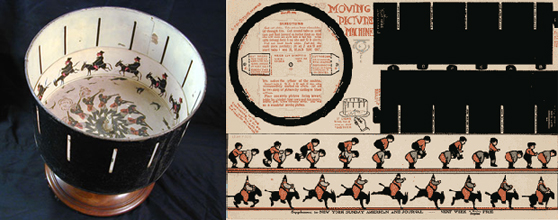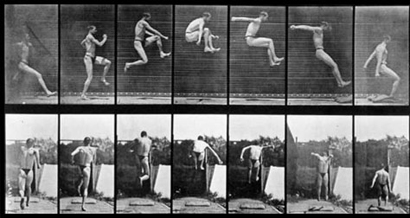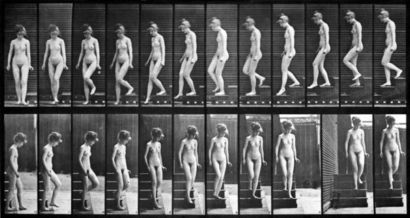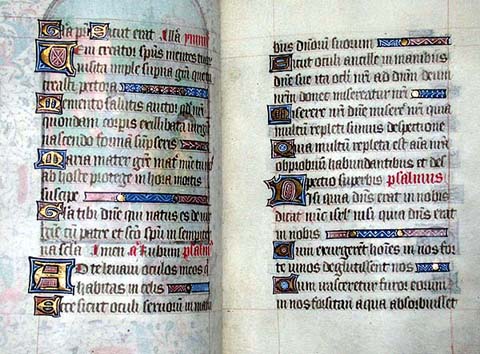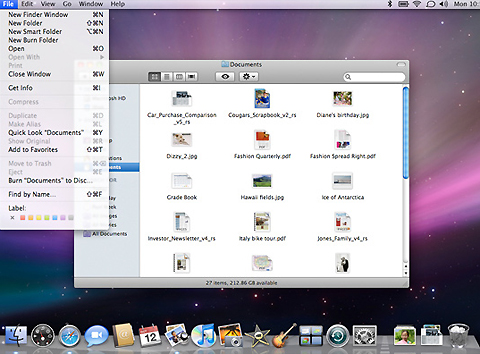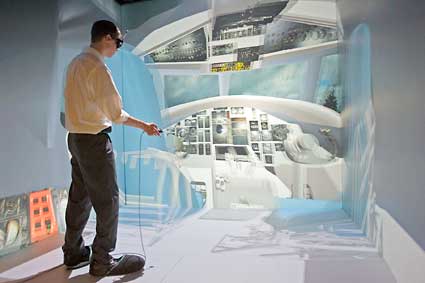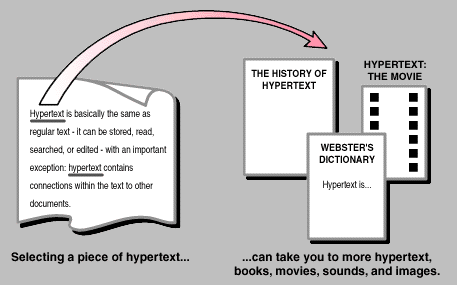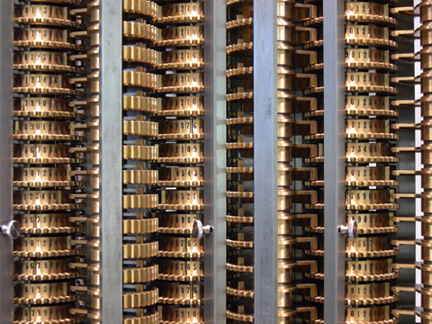Digital Media
The history of the digital starts with the development of the number 0 (see 0 (number) by the Babylonians about 2000BC. Around 1620, Francis Bacon researches the first binary alphabet for representing numbers and alphabetic characters. The intended use was to establish secret communication for e.g. cities under siege and armies abroad. Leibniz was the first mathematician to develop calculations in the binary system. According to some sources, John Napier had developed binary calculations even earlier. Yet, it remains to Leibniz to first think about automating calculations using the newly developed binary arithmetics. Around 1830, [Carl Friedrich Gauss] first electrifies binary information in his telegraphy experiments. He replaces “1” with “+” and “0” with “-” and thus translates binary information into electric currents.
There is a rich history of non-binary digital media and computers.
Digital media (as opposed to analog media) usually refers to electronic media that work on digital codes. Today, computing is primarily based on the binary numeral system. In this case digital refers to the discrete states of “0” and “1” for representing arbitrary data. Computers are machines that (usually) interpret binary digital data as information and thus represent the predominating class of digital information processing machines. Digital media (“Formats for presenting information” according to Wiktionary:Media) like digital audio, digital video and other digital “content” can be created, referred to and distributed via digital information processing machines. Digital media represents a profound change from previous (analog) media.
Digital data is per se independent of its interpretation (hence representation). An arbitrary sequence of digital code like “0100 0001” might be interpreted as the decimal number 65, the hexadecimal number 41 or the glyph “A”. See also: ASCII, Code.
Common Terms Associated with Digital / New Media Art
Ascii Art
Computer art
Digital art
Electronic art
Generative art
Hacktivism
Information art
Interactive art
Internet art
Performance art
Robotic art
Software art
Sound art
Video art
Virtual art
Video Game Art
Digital / New Media Artists
Carlos Amorales
Maurice Benayoun
Agricola de Cologne
Char Davies
Heiko Daxl
Ingeborg Fülepp
Lynn Hershman
Perry Hoberman
Junichi Kakizaki
Rafael Lozano-Hemmer
Michael Naimark
Graham Nicholls
Zaven Paré
Nancy Paterson
Melinda Rackham
Knowbotic Research
Don Ritter
David Rokeby
Scott Snibbe
Camille Utterback
History
The origins of new media art can be traced to the moving photographic inventions of the late 19th Century such as the zoetrope (1834), the praxinoscope (1877) and Edward Muybridge’s zoopraxiscope (1879). During the 1960s the divergence with the history of cinema came with the video art experiments of Nam June Paik and Wolf Vostell, and multimedia performances of Fluxus. More recently, the term “new media” has become closely associated with the term Digital Art, and has converged with the history and theory of computer-based practises.
Some important influences on new media art have been the theories developed around hypertext, databases, and networks. Important thinkers in this regard have been Vannevar Bush and Theodor Nelson with important contributions from the literary works of Jorge Luis Borges, Italo Calvino, Julio Cortázar and Douglas Cooper. These elements have been especially revolutionary for the field of narrative and anti-narrative studies, leading explorations into areas such as non-linear and interactive narratives.
Graphical User Interface – GUI
Medieval Manuscript
Mac OS X
Virtual Reality
The Last Supper
Virtual World Prototype
HyperText
Printing Press
How Hypertext Works
Charles Babbage & Ada Lovelace
Charles Babbage FRS (26 December 1791 – 18 October 1871) was an English mathematician, philosopher, and mechanical engineer who originated the idea of a programmable computer. Parts of his uncompleted mechanisms are on display in the London Science Museum. In 1991 a perfectly functioning difference engine was constructed from Babbage’s original plans. Built to tolerances achievable in the 19th century, the success of the finished engine indicated that Babbage’s machine would have worked. Nine years later, the Science Museum completed the printer Babbage had designed for the difference engine, an astonishingly complex device for the 19th century.
Difference Engine
